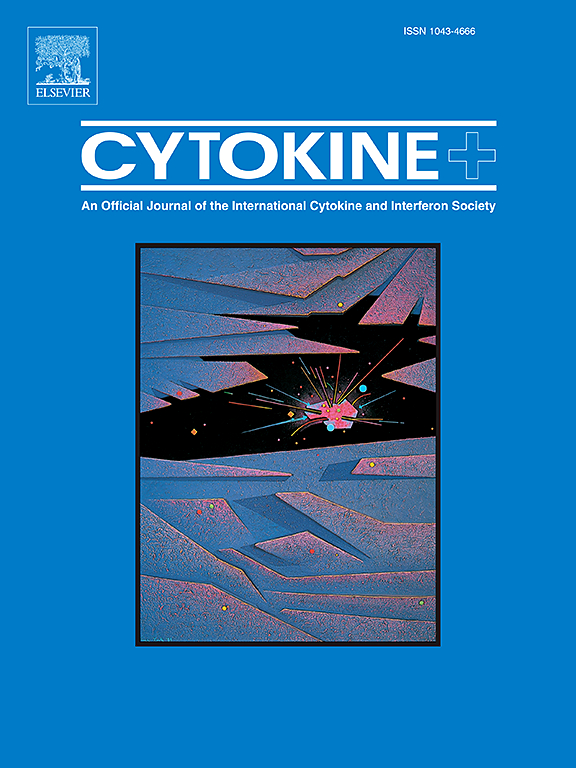The correlation between obesity and leptin signaling pathways
IF 3.7
3区 医学
Q2 BIOCHEMISTRY & MOLECULAR BIOLOGY
引用次数: 0
Abstract
Obesity is a global epidemic associated with increased morbidity and mortality. It is a major risk factor for the development of chronic diseases such as type 2 diabetes mellitus, cardiovascular diseases, and certain cancers, primarily due to excessive fat accumulation in the body. Both environmental and genetic factors contribute to the development of obesity. A key pathophysiological feature of obesity is resistance to the metabolic hormones leptin and ghrelin, which play critical roles in neuroendocrine regulation of energy homeostasis. Leptin, a proinflammatory peptide hormone encoded by the obese (ob) gene, is primarily secreted by white adipose tissue. It functions as an anti-obesity hormone by suppressing appetite, reducing food intake, and increasing energy expenditure. Leptin resistance, resulting from altered expression of leptin (LEP) and its receptor (LEP-R), impairs its regulatory effects on energy balance. Additionally, aberrant leptin signaling and genetic mutations in the leptin gene or its receptor are associated with morbid obesity and other related diseases. The treatment of obesity using leptin-based therapeutics may be one of the methods to treat obesity. The present review aimed to explore the molecular mechanisms of leptin signaling, leptin resistance in obesity, and the potential of leptin-based therapies as novel interventions in obesity management.
肥胖和瘦素信号通路之间的关系
肥胖是一种与发病率和死亡率增加有关的全球性流行病。肥胖是慢性疾病(如2型糖尿病、心血管疾病和某些癌症)发展的主要危险因素,主要是由于体内脂肪堆积过多。环境和遗传因素都是导致肥胖的原因。肥胖的一个关键病理生理特征是对代谢激素瘦素和胃饥饿素的抵抗,这两种激素在能量稳态的神经内分泌调节中起着关键作用。瘦素是一种由肥胖基因编码的促炎肽激素,主要由白色脂肪组织分泌。它通过抑制食欲、减少食物摄入和增加能量消耗来发挥抗肥胖激素的作用。瘦素抵抗是由瘦素(LEP)及其受体(LEP- r)表达改变引起的,损害了其对能量平衡的调节作用。此外,异常的瘦素信号和瘦素基因或其受体的基因突变与病态肥胖和其他相关疾病有关。以瘦素为基础的治疗方法可能是治疗肥胖的方法之一。本文旨在探讨瘦素信号传导的分子机制、肥胖中的瘦素抵抗,以及以瘦素为基础的治疗方法作为肥胖管理新干预措施的潜力。
本文章由计算机程序翻译,如有差异,请以英文原文为准。
求助全文
约1分钟内获得全文
求助全文
来源期刊

Cytokine
医学-免疫学
CiteScore
7.60
自引率
2.60%
发文量
262
审稿时长
48 days
期刊介绍:
The journal Cytokine has an open access mirror journal Cytokine: X, sharing the same aims and scope, editorial team, submission system and rigorous peer review.
* Devoted exclusively to the study of the molecular biology, genetics, biochemistry, immunology, genome-wide association studies, pathobiology, diagnostic and clinical applications of all known interleukins, hematopoietic factors, growth factors, cytotoxins, interferons, new cytokines, and chemokines, Cytokine provides comprehensive coverage of cytokines and their mechanisms of actions, 12 times a year by publishing original high quality refereed scientific papers from prominent investigators in both the academic and industrial sectors.
We will publish 3 major types of manuscripts:
1) Original manuscripts describing research results.
2) Basic and clinical reviews describing cytokine actions and regulation.
3) Short commentaries/perspectives on recently published aspects of cytokines, pathogenesis and clinical results.
 求助内容:
求助内容: 应助结果提醒方式:
应助结果提醒方式:


